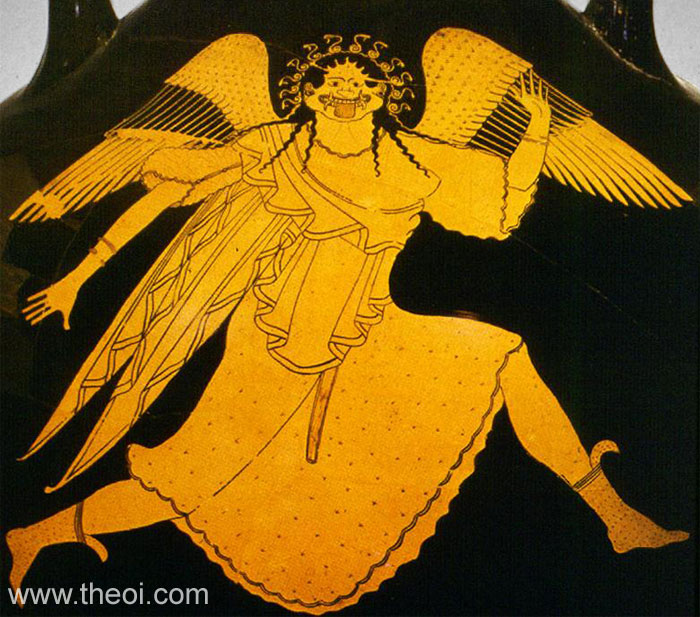http://www.daimonas.com/pages/griffin.html
Here is the drawing version of what I would call the Tel Hazor 'Tunnanu Dragon' Seal. The Griffin is clearer to see -- is there a three-dimensional aspect to these artistic representations?
Wiki tells me "{The Tannin} represents Nebuchadnezzar II (the king of Babylon) in Jeremiah (Jeremiah 51:34) ..." and "In the 580s BC, Nebuchadnezzar engaged in a successful string of military actions in the Levant against the vassal states in rebellion there, likely with the ultimate intent of curbing Egyptian influence in the region. In 587 BC, Nebuchadnezzar destroyed the Kingdom of Judah, and its capital, Jerusalem. The destruction of Jerusalem led to the Babylonian captivity as the city's population, and people from the surrounding lands, were deported to Babylonia. The Jews thereafter referred to Nebuchadnezzar, the greatest enemy they had faced until that point, as a "destroyer of nations" (משחית גוים, Jer. 4:7)..." Jeremiah 49:33 is anachronistic: the city had been defeated & destroyed 150 years earlier.
HOWEVER, since archaeological evidence proves Hazor had been previously destroyed (c.730 BC), depopulated by then, the Biblical Myth of Nebuchadnezzar/ Tannin most likely follows an older convention -- by Egyptianized, or Egypt-aligned local rulers -- of associating encroaching Assyrians w/ Chaos & Evil. This Seal is explicitly Pro-Egyptian/Anti-Assyrian propaganda; it must date to the end of Egypt's sway and waning success in supporting local rulers. Tiglath-pileser III captured Galilee (Ann 18:l'-7'; 24:1'-11'; 2 Kings 15:29) around 732 BC: he would have been portrayed as the Hydra also: this was a period of disorder, collapse, invasion (consistent w/ what the Seal suggests).
On a scientific basis, the local geological record has provided us with proof for a (cataclysmic shift) which apparently overthrew regional rulers quite literally: the M1 8.2 event of 750 BC. The narrative of the Seal would explain both historical Egyptian interventions c.750-735 BC and period Anxieties evident on the plaque.
As a side-note, Genesis 49:21: “Naphtali is a doe set free that bears beautiful fawns” might equate the local people w/ a symbol of Resheph, reiterating the suggestion of a prior post: the Priestly Warrior functions as an amalgam symbol of Resheph-Seth-Yahweh.
Context for Isaiah 14:29: "Do not rejoice, all you Philistines, because the rod that struck you is broken: for out of the serpent's root will spring up a cockatrice -- its fruit will be a fiery basilisk." Or seven heads, maybe? It seems to be a variant of the myth. And THIS is "the rod that smote"?! I see a cockatrice/basilisk, anyway.
IF this 'Tunnanu Dragon' -- battled by a Great (Priestly?) Warrior backed by all sorts of Egyptian symbols of Power -- negatively represented Assyria (c.750 BC) generally, then the Identity of the Warrior(-Priest?) might also allude to a regional Ruler who had successfully defeated Assyrian power before Hazor's eventual collapse. What lineage ruled Hazor 800-750 BC? What was their national mythos? I would tentatively hypothesize an unnamed satrap of Jeroboam II, who fits the Biblical narrative better. Regardless of dates, the "Sins of Jeroboam" may still entail pagan idolatry of Egyptian symbols, as the Seal shows. And WHY the Great Serpent? IF relevant at all, the tutelary deity of the Shalmaneser was the mysterious god Salmānu "the Good One" (??)
To wit: I don't believe this is the 'Herakles Myth'. I doubt it even constitutes one element (and an earlier basis) for a later Interpretatio Graeca by Alcaeus of Mytilene; rather, same-same but different.
